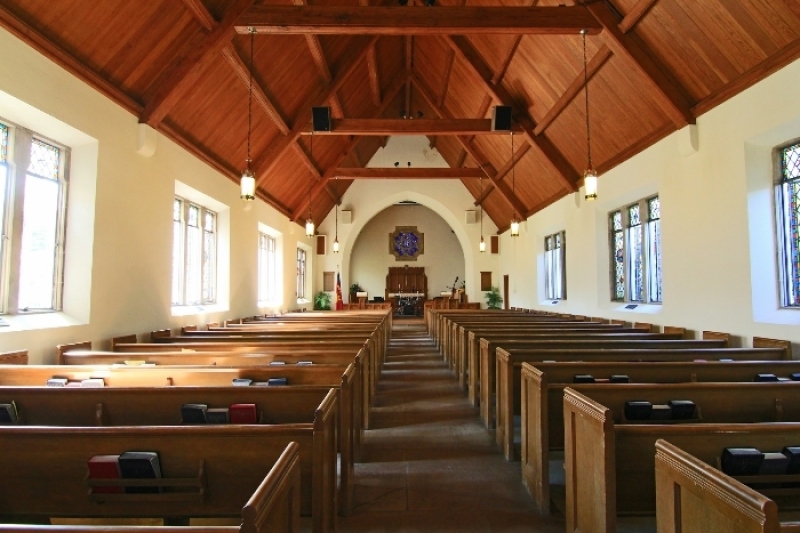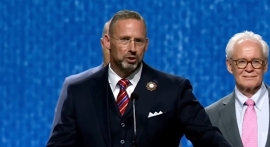
A June 3 Lifeway report notes that “the large churches are growing larger and the smaller ones keep getting smaller,” highlighting a growing divide nationwide. While smaller churches face significant challenges, such as limited staff size and budgets, they also possess certain advantages.
Lifeway Research Senior Writer Aaron Earls explains that “smaller congregations tend to have higher shares of churchgoers committed to attending weekly worship and higher rates of volunteering among church members.” Furthermore, he points out that “small churches have more per capita giving and more giving toward missions and charity.”
Despite these positives, small churches often contend with “less certain financial futures and aging congregations,” indicating a need for strategic adaptation.
Earls emphasizes that “to avoid joining the growing number of church closures, small church pastors will need to find ways to leverage their strengths and overcome their challenges.”
Supporting this trend, a 2020 Faith Communities Today study found that “seven in 10 U.S. congregations have 100 or fewer weekly service attendees,” with the average congregation gathering around 65 people each week.
The 2025 National Survey of Religious Leaders (NSRL), which draws from the 2018-19 National Congregations Study (NCS) and the 2001 Pulpit & Pew Survey (P&P), also underscores congregation size as “one of the most important features of a religious leader’s work situation.” The report states, “the largest 9% of congregations contain about half of all churchgoers.”
According to the NSRL, the “median congregation in the United States has 70 regular participants, including adults and children, and has an annual budget of $100,000.” However, the average church attendee worships in a congregation with 360 regular attendees and a $450,000 budget, indicating a significant disparity between median and average figures.
The report suggests that the “paradox” arises because “there are few large congregations with a sizeable staff and budget but these large congregations are ‘big enough’ to contain most churchgoers,” with “most large congregations having most of the money and staff members.”
Most clergy are also affected by this trend. The NSRL notes, “The median clergy person leads a congregation with only about 50 regularly participating adults,” but also points out that “the clergy person serving the median attendee leads a congregation with about 245 regularly participating adults.”
Overall, the survey states, “although the proliferation of very large congregations may create the impression that the typical clergyperson leads a large congregation, the reality is that most lead small congregations.”
Earls suggests this division is unlikely to shift soon, referencing a March Lifeway report that found “around half of congregations increased their worship service attendance by at least 4% in the past two years,” but also noted that “another 48% of churches remained within plus or minus 4% since 2022 or declined by at least 4%.”



















